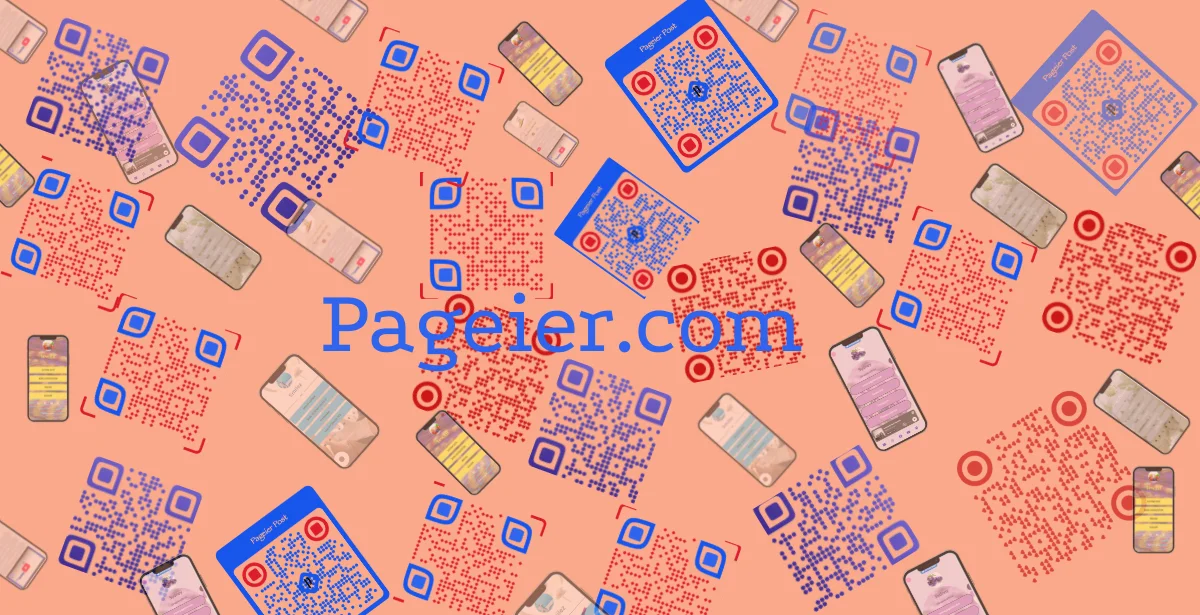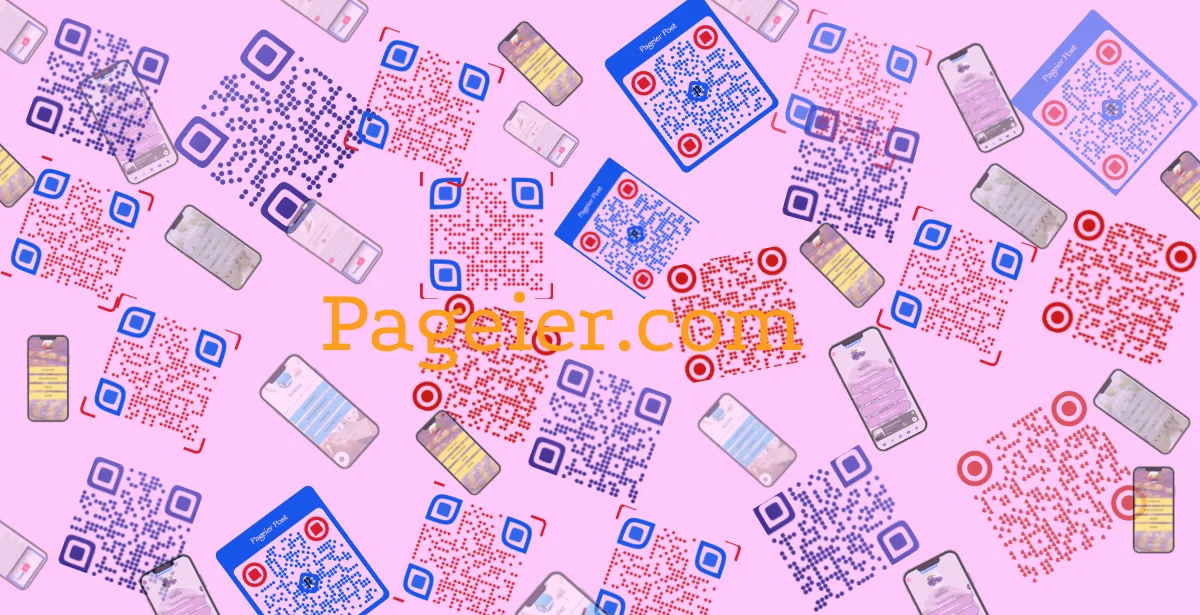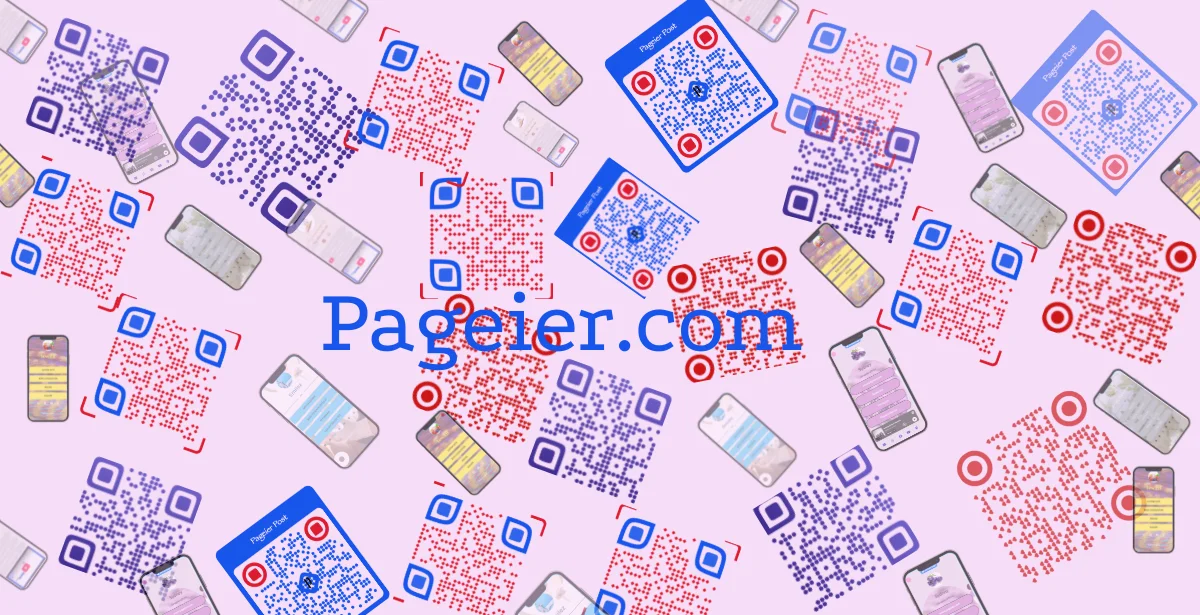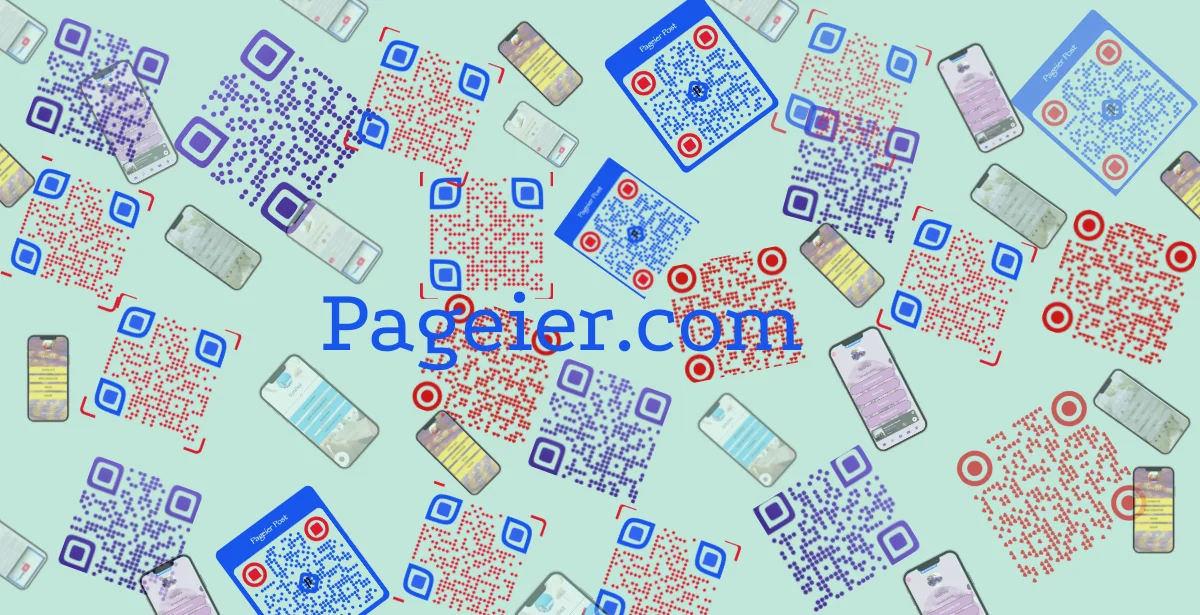
Understanding QR Codes: A Brief History and Usage
Origin of QR Codes
Did you know that QR codes were invented in 1994 by Denso Wave, a subsidiary of Toyota? They were created to track automotive parts during manufacturing. Imagine a world where every car part has a unique code, making it easier to manage inventory. That was the beginning of QR codes!
Evolution to Marketing Tools
Fast forward to today, and QR codes have transformed into powerful marketing tools. They bridge the gap between offline and online experiences. For instance, you might see a QR code on a poster that leads you to a website with special offers. This evolution has been remarkable.
Statistics on QR Code Usage
- 89 million smartphone users in the U.S. scanned QR codes.
- Globally, 5.3 billion QR codes were used for coupon redemption until 2022.
These numbers highlight the growing importance of QR codes in our daily lives.
Impact of the COVID-19 Pandemic
The COVID-19 pandemic accelerated the adoption of QR codes. With the need for contactless transactions, businesses turned to QR codes for payments and information sharing. Suddenly, scanning a code became a safe and convenient way to interact.
Static vs. Dynamic QR Codes
There are two main types of QR codes: static and dynamic. Static QR codes are fixed; once created, their content cannot be changed. On the other hand, dynamic QR codes can be updated without changing the code itself. This flexibility is crucial for businesses that want to adapt their marketing strategies. At Pageier QR is an all-in-one solution for managing your business. From sales to marketing, Pageier handles everything in one place, so you don’t need multiple tools. Save time and grow your business with ease using Pageier.
Future Trends in QR Code Technology
What does the future hold for QR codes? As technology advances, we can expect even more innovative uses. For example, integrating QR codes with augmented reality could enhance customer experiences. Imagine scanning a code and seeing a 3D model of a product right in front of you!
“QR codes have evolved from manufacturing tools to vital components of marketing strategy.” – Marketing Expert
In conclusion, QR codes have come a long way since their inception. They are no longer just a tool for tracking parts; they are now essential for marketing and consumer engagement. As we continue to embrace technology, Pageier QR codes will likely play an even bigger role in our interactions.
Why Brands Are Embracing QR Codes for Marketing
Have you noticed how brands are increasingly using QR codes? It’s not just a trend; it’s a smart move. QR codes are revolutionizing the way businesses engage with their customers. Let’s dive into why this is happening.
1. Engaging Customers
QR codes provide instant access to information. Imagine walking into a store and scanning a code to learn about a product’s features. It’s like having a personal assistant at your fingertips. Brands like Starbucks and Nike are using QR codes to enhance customer experience. They create interactive moments that keep customers coming back.
2. Seamless Payment Processes
Facilitating payments has never been easier. With QR codes, customers can pay without fumbling for cash or cards. Just scan and go! This feature became especially popular during the pandemic, as it promotes contactless transactions.
3. Tracking Customer Interactions
Brands can track how customers interact with their QR codes. This data is invaluable. It helps businesses understand what works and what doesn’t. By analyzing these interactions, companies can refine their marketing strategies.
4. Improving Customer Loyalty
Many brands use QR codes in their rewards programs. For example, Starbucks allows customers to earn points with every scan. This not only encourages repeat business but also fosters a sense of belonging among loyal customers.
5. Bridging Offline and Online Marketing
QR codes effectively connect the physical and digital worlds. A poster in a store can lead to an online promotion. This seamless transition enriches the customer journey and enhances brand visibility.
6. Innovative Promotional Campaigns
Brands are getting creative with QR codes. They’re not just for payments or information. Some companies use them for unique promotional campaigns that engage customers in fun and interactive ways. It’s a fresh approach that captures attention.
“QR codes are now a necessity for brands wanting to connect and communicate effectively with customers.” – Marketing Strategist
In conclusion, QR codes are more than just a quick scan. They represent a shift in how brands interact with consumers. By leveraging this technology, companies can enhance customer engagement, streamline processes, and drive loyalty. The future of marketing is here, and it’s coded!
Case Study: QR Codes in Action at Starbucks and Nike
Starbucks and QR Codes: A Loyalty Boost
Have you ever wondered how Starbucks keeps its customers coming back? One key element is their loyalty program. By using QR codes, Starbucks rewards customers with points every time they make a purchase. It’s simple: customers link their Starbucks card to the app and pay using a QR code. This not only makes transactions faster but also encourages repeat business.
Nike’s Innovative Use of QR Codes
Nike is another brand that’s harnessing the power of QR codes. They place these codes on product tags, giving customers instant access to detailed information. Want to know about the materials or manufacturing process of your new sneakers? Just scan the code! It’s like having a mini product guide right in your pocket.
Real-Life Marketing Examples
- Starbucks uses QR codes in marketing materials to deliver personalized offers.
- Nike has QR codes in subway stations, linking to their latest sneaker releases.
Benefits to Sales and Customer Engagement
Both brands see significant benefits from using QR codes. They enhance customer engagement by providing instant access to information and rewards. This not only drives traffic but also boosts sales during promotions. As a Brand Manager at Starbucks said,
“By adopting QR codes, we can engage our community and drive significant sales growth.”
Driving Traffic and Sales
QR codes play a crucial role in marketing campaigns. They bridge the gap between offline and online strategies. For instance, a QR code on a flyer can lead to a special promotion, enticing customers to visit the store. This seamless transition from print to digital is a game changer.
Highlighting Successful QR Strategies
In summary, both Starbucks and Nike exemplify how effective QR strategies can enhance customer interaction. They offer rewards and instant access to product information, which ultimately boosts sales and loyalty. With the rise of smartphone usage, QR codes are becoming an essential tool for brands looking to innovate and connect with their audience.
Dynamic vs. Static QR Codes: Choosing the Right Type
Understanding Static QR Codes
Static QR codes are like a one-time ticket. Once created, they link to a fixed URL or information. They are simple and free to generate. However, there’s a catch: you can’t change the content later. If you need to update the link, you must create a new code. This limitation can be frustrating for businesses that want flexibility.
Dynamic QR Codes: The Flexible Option
Dynamic QR codes offer more versatility. You can change the destination URL without generating a new code. This is a game-changer for marketing campaigns. Imagine running a promotion and needing to update the link. With dynamic codes, it’s as easy as pie. But, there’s a cost involved. Usually, you’ll need a subscription service to manage these codes.
Choosing the Right Code for Your Needs
So, how do you choose? It depends on your marketing strategy. If you want to track engagement, dynamic codes are the way to go. They provide valuable insights into customer interactions. On the other hand, if you’re looking for a simple, cost-effective solution, static codes might be your best bet.
Successful Uses of QR Codes
- Starbucks: They use QR codes in their rewards program, allowing customers to earn points with each purchase.
- Nike: QR codes on product tags give customers instant access to detailed product information.
- Amazon: They use QR codes for inventory tracking, enhancing operational efficiency.
Customization and Branding Potential
Both types of QR codes can be customized. Dynamic codes can incorporate your brand colors and logos, making them visually appealing. This is crucial for brand recognition. Remember, a well-designed QR code can attract more scans.
Common Misconceptions
Many people think all QR codes are the same. This isn’t true. Static codes are often seen as inferior because they lack tracking capabilities. However, they can still be effective for straightforward applications. Understanding these differences can help you make informed decisions.
“Choosing the correct type of QR code can make a significant difference in your marketing efforts.” – QR Code Specialist
In conclusion, understanding static and dynamic QR codes can shape your brand’s marketing strategy. It allows for tailored approaches that meet specific goals. So, which type will you choose for your next campaign?
Innovative Networking with QR Codes: Transform Your Connections
Networking has evolved significantly in recent years. With the rise of technology, we now have tools that make connecting easier than ever. One such tool is the QR code. But how can we use QR codes effectively?
1. Using QR Codes for Digital Business Cards
Imagine having a business card that never runs out. With QR codes, you can create a digital business card that people can scan. This means no more fumbling through your wallet. Just a quick scan, and your contact details are saved instantly. It’s efficient and modern.
2. Integrating QR Codes into Email Signatures
Ever thought about adding a QR code to your email signature? It’s a simple way to share your contact information or portfolio. Every email you send becomes a potential networking opportunity. Just think: how many people could scan your code?
3. Networking Effectively at Events
Networking events can be overwhelming. But with QR codes, you can make connections quickly. Instead of exchanging business cards, simply share your QR code. It’s fast, and it leaves a memorable impression.
4. Real-World Success Stories of QR Code Networking
Many professionals have successfully used QR codes to enhance their networking. For instance, I’ve heard stories of individuals landing jobs just by sharing their QR code at events. It’s a game-changer!
5. Using Metrics to Enhance Connections
One of the best features of QR codes is the ability to track engagement. You can see how many people scanned your code and when. This data can help you refine your networking strategy. Are you reaching the right audience?
6. Benefits of QR Codes in Professional Settings
- Instant Sharing: Quickly share your information without the hassle of typing.
- Contactless Transactions: Especially useful in today’s world.
- Efficient Marketing: Bridge offline and online strategies seamlessly.
- Cost-Effective: Save on printing costs while going green.
“Networking has never been easier thanks to QR codes—perfect for modern professionals!” – Networking Expert
In conclusion, QR codes are transforming the way we connect. They simplify sharing information and make networking more effective. So, why not embrace this technology? Let’s make every connection count!
The Future of QR Codes in Business
As we wrap up our exploration of QR codes, it’s clear that these little squares hold immense potential for businesses. We’ve seen how brands like Starbucks and Nike are leveraging QR technology to enhance customer engagement and streamline operations. The future of QR codes is bright—it’s time for businesses to embrace this opportunity for innovation.
Key Takeaways
First, let’s summarize the key points discussed. QR codes are not just a trend; they are a tool for growth. They enable contactless transactions, bridge offline and online marketing, and provide valuable insights through tracking. Brands are recognizing the potential to innovate through QR codes, and their adoption can lead to significant growth.
Growth Areas
Looking ahead, there are numerous potential growth areas for QR codes. From enhancing customer experiences to improving operational efficiency, the possibilities are endless. Imagine a world where scanning a code not only provides information but also personalizes the shopping experience. How cool would that be?
Final Thoughts
In conclusion, adopting QR technology is not just about keeping up with trends. It’s about creating customer-centric solutions that foster loyalty and engagement. I encourage businesses to innovate beyond the basics. Think creatively about how QR codes can serve your customers better.
So, what are you waiting for? If you haven’t considered integrating QR codes into your business strategy, now is the time. Embrace this technology, and you may just find extraordinary avenues for growth and customer connection.
“The future of QR codes is bright—it’s time for businesses to embrace this opportunity for innovation.” – Technology Analyst
As QR codes continue to make their mark on the marketing landscape, let’s not forget the importance of staying customer-focused. The more we understand our customers’ needs, the better we can serve them. Let’s make every connection count with Pageier QR an all in one platform.



